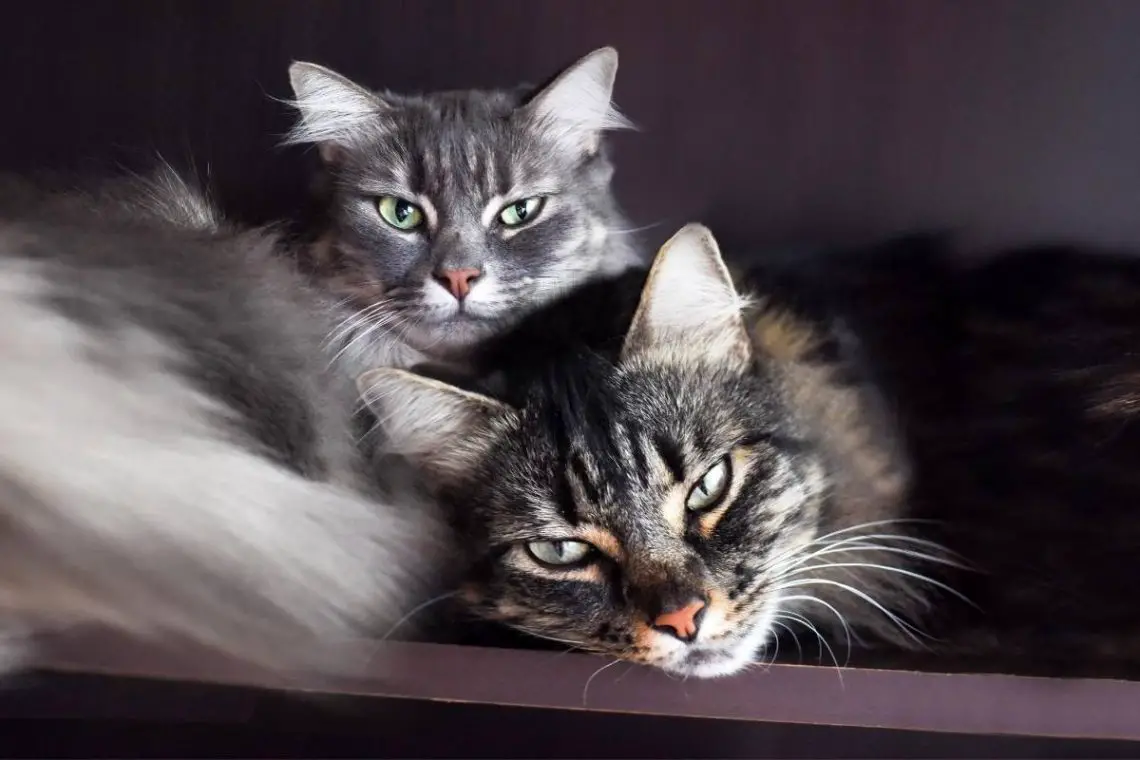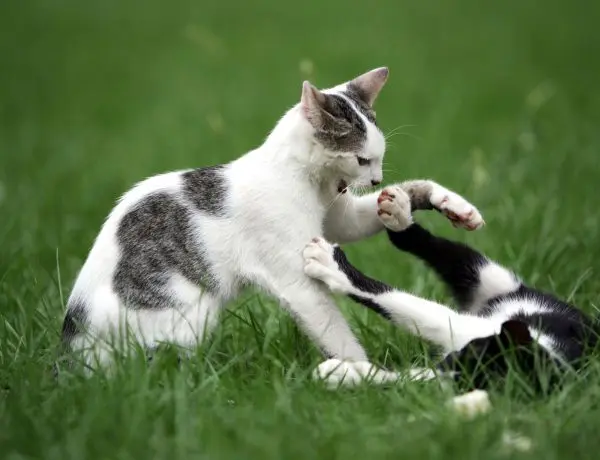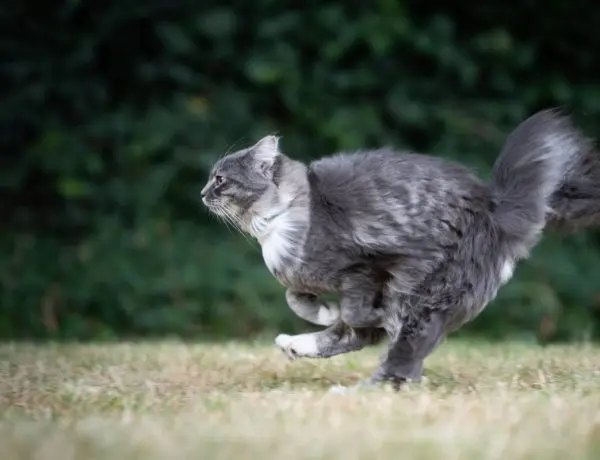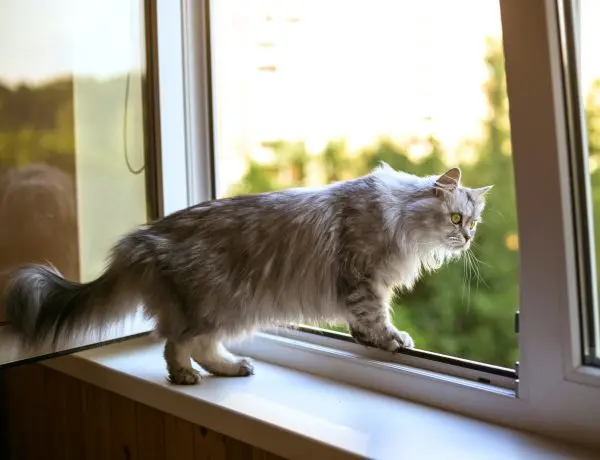Deciding to own a cat can be life-changing. But before heading out to the local animal shelter and adopting the first cat you see, there is a lot to consider. One fundamental choice you’ll need to make is whether to get a female or male cat.
Neither a male nor a female cat is necessarily better than the other. A cat’s behavior is primarily influenced by their genetics and environmental conditions, not their gender. Deciding to get a male or female is less important in cats than in other domestic animals, such as dogs.
Other than a few traits that can be attributed to a specific gender, there is little difference between adopting a male or a female cat. In this article, we will discuss the few critical differences between male and female cats, and whether those traits warrant one gender to be more appropriate for you.
Table of Contents
What’s the Difference Between Male and Female Cats?
You might have heard a neighbor or friend say, “Female cats are so much better and loving than males,” or vice versa. These comments are subjective; everyone is going to have a different opinion. Once you know the facts, you can decide if you think one is better than the other.
Although the gender of your cat won’t make much of a difference in how much you love them and how much petting they let you do, it is essential to know what the differences (although very few) are.
Physical Differences
While you may not be able to tell if a cat is male or female when staring into those big green eyes, there are physical differences between each gender. The external physical differences include:
- Genitals – Determining the sex of a kitten is much easier than expected. The genital opening is seen by lifting the kitten’s tail. In males, it will be round and look almost like a tuft of fur. In females, it is shaped like a line or teardrop. This video goes into more detail on telling the sex of a kitten.
- Size – In general, male mammals are larger than their female counterparts. When it comes to cats, this may hold true for cats from the same litter. However, the breed, level of exercise, and food consumed will significantly influence their size.
- Urine Odor – The urine of a tomcat (an unneutered male) is much more pungent than that of a female cat.
Besides the above features, the physical differences between male and female cats are quite minimal. In fact, both can have similarities in average weight and height.
Behavioral Differences
The most significant differences between cat genders are behavioral, but they are most noticeable if the cat has not been spayed or neutered.
The traits associated with male cats include:
- Spraying: Cats will spray urine to mark their territory. While both male and female cats can do it, it occurs much more with males.
- Aggression: Most aggression seen in cats is between males over territory. For pet cats, this is not much of an issue, although they may try to wander off if they are outside cats searching for a mate. This is due to their testosterone.
For female cats, a notable trait is vocalization; when a female is in heat, they will yowl or howl to attract a male’s attention. A female cat has an estrus cycle—when she’s “in heat”—which is what allows her to breed.
Although these behavioral traits are unique to each sex, when cats are spayed or neutered, the differences between the genders almost disappear. This means a male or a female cat can be equally loving or aggressive and will require the same care.
In summary, many myths claim that female cats are bossy, males are more affectionate, and a slew of other things due to their gender. These do not hold true for all males or all females; these behaviors are more attributed to a cat’s breed and personality, not their gender.
How to Choose the Right Cat for Your Family
When picking out the right feline companion for your family, instead of focusing on whether to get a male or a female, consider the breed, personality, and age.
Cat Breeds
All house cats, from Maine Coons to Munchkins, are one species: Felis catus. Although they are the same species, each breed has unique traits. These traits will be the same for both males and females of the same breed.
Breed traits include coat length and color, physical characteristics, and personality. For example, a Siamese has short hair, a long slender body, and is vocal and insistent while a Birman has long hair, a stocky body, and is sweet and loving.
Check out the Cat Fancier’s Association website for a full list of cat breeds you can choose from.
Take the time to research which breed has traits that you like. If you are looking to adopt a cat from a shelter, you are likely to find mostly mixed breed cats. If the breed is mixed or unknown, take the time to observe the cat’s personality before deciding whether he or she will be a good fit for your home.
A Cat’s Personality
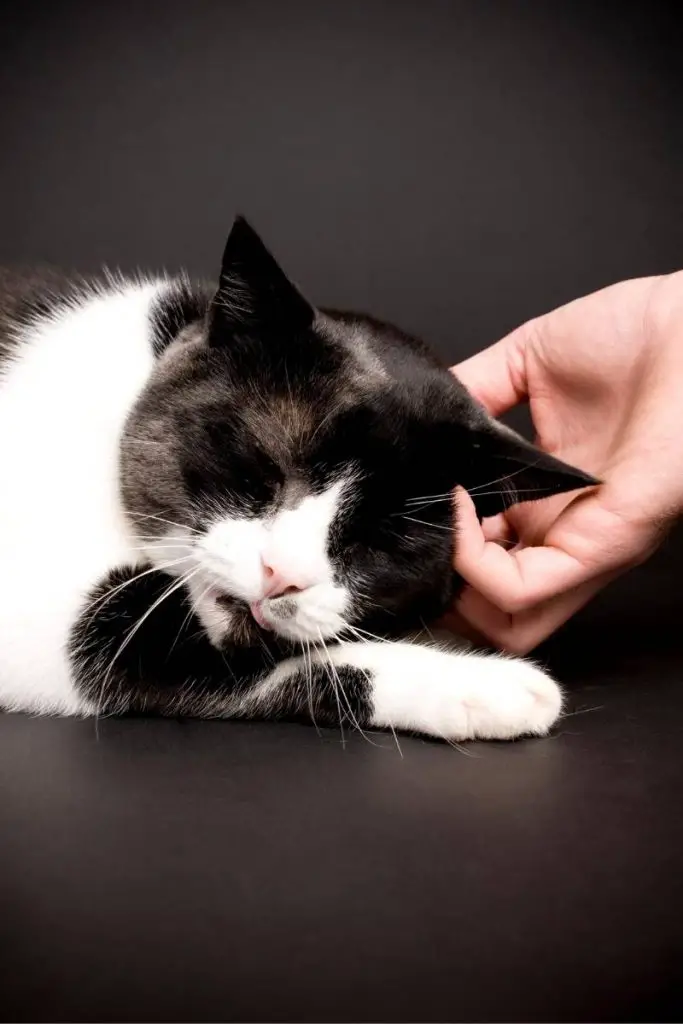
While the breed does play a significant role in determining a cat’s personality, their environment also has an impact on how they behave.
A cat that has been around loving humans since they were a kitten will be more comfortable around people and tend to be more affectionate. On the other hand, a cat that was living on the streets as a stray prior to adoption might be more standoffish and less likely to snuggle up for petting.
While parts of a cat’s personality are ingrained, others can be altered over time. Cats can be trained, at least to some degree. If your cat is exhibiting behaviors that you aren’t too fond of, try training them or changing their environment to promote preferred behaviors.
A couple of resources that might help you shape your cat’s behavior are:
As tempting as it may be to give the first cat you see a forever home, you should take some time to learn about their personality. Many shelters and rescues have an area where you and your chosen kitty can spend some time together. Maybe after five minutes, the insistent meowing is no longer adorable, or you realize the cat is more interested in a dust bunny than you.
If you decide to purchase a kitten from a breeder, be sure to ask the breeder questions and spend some time observing the kittens before taking one home. Just remember that the gender of the cat likely won’t make much of a difference.
The Age
Over time, the energy level and temperament of a cat will change. A cat’s life can be divided into four stages:
- Kitten – high energy, high activity, and rough play
- Junior – high energy, high activity, curious, can be challenging like a human teenager
- Adult – solidified temperament, moderate energy, and moderate activity
- Senior – low energy, low activity, may seem less affectionate
If you know you are meant to have a cat in your life, but the energy and work of a kitten seem overwhelming, consider adopting an adult or senior cat. Regardless of their gender, they can still make wonderful members of your family—even if they are older.
The Best Cat is Your Choice
Ultimately, there’s no way of determining whether a male or female cat is better as a pet since both sexes are quite similar in temperament, appearance, and care, especially if they have already been spayed or neutered.
The best cat for you and your family will be the cat you love most. Be sure to take the time to get to know the kitties at your local shelter or breeder before committing. Whichever cat you choose to bring home, you’ll likely find a reason to believe he (or she) is better than all the rest.

